As Fourth of July celebrations kick off in the Southeast, residents in several states may need to keep an eye on a potential storm brewing off the coast.
On Thursday, Dr. Mike Brennan, director of the National Hurricane Center (NHC), shared a video update on social media warning of a possible system forming near the southeastern U.S. coast.
“It could bring some impacts to the southeast coast of the U.S., most likely in the form of heavy rainfall, along with the potential for dangerous beach and surf conditions,” Brennan said.
The NHC reported that the disturbance has a 60% chance of developing into a cyclone within the next seven days and a 30% chance within 48 hours.
Whether it becomes a cyclone or not, the system is expected to bring rain to the region, with Florida, Georgia, North Carolina, and South Carolina likely seeing the biggest impact.
“An area of low pressure is forecast to develop along a weakening frontal boundary near Florida or the Atlantic coast of the southeastern United States on Friday or Saturday,” the NHC said. “Environmental conditions appear only marginally conducive for some slow development, but a tropical or subtropical depression could form in this region over the weekend or early next week while the system drifts northward or northeastward. Regardless of development, heavy rainfall is possible across portions of the southeast U.S., particularly across the west-central Florida coast. An Air Force Reserve Hurricane Hunter aircraft is scheduled to investigate the system on Friday, if necessary.”
AccuWeather noted that while the risk of a tropical storm remains low in the short term, beachgoers could experience more rain, thunderstorms, and worsening surf conditions.
The Atlantic hurricane season began on June 1 and runs through the end of November, with peak activity expected from mid-August to mid-October.
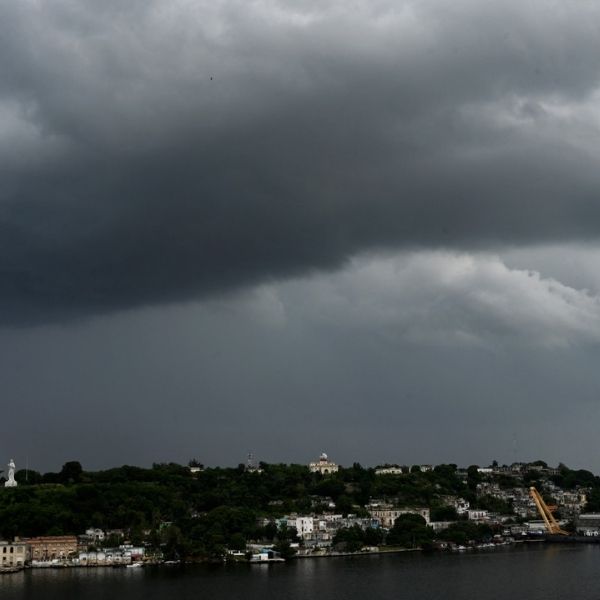


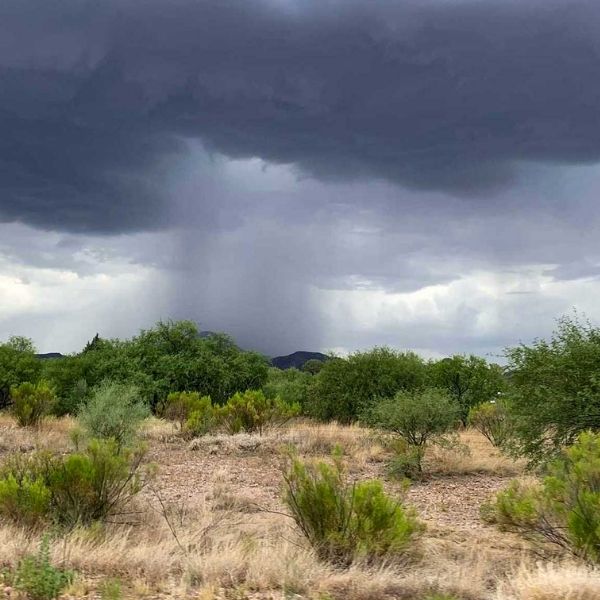
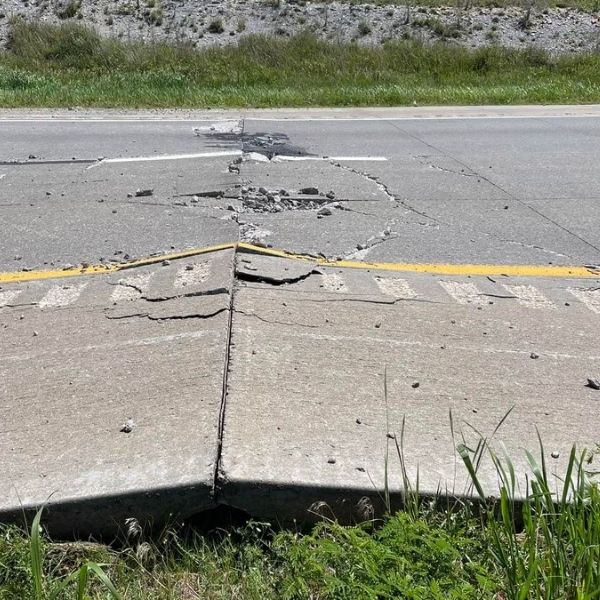
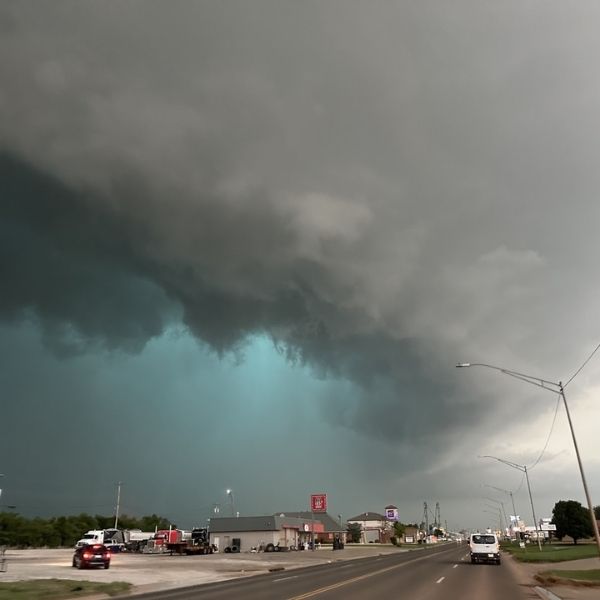
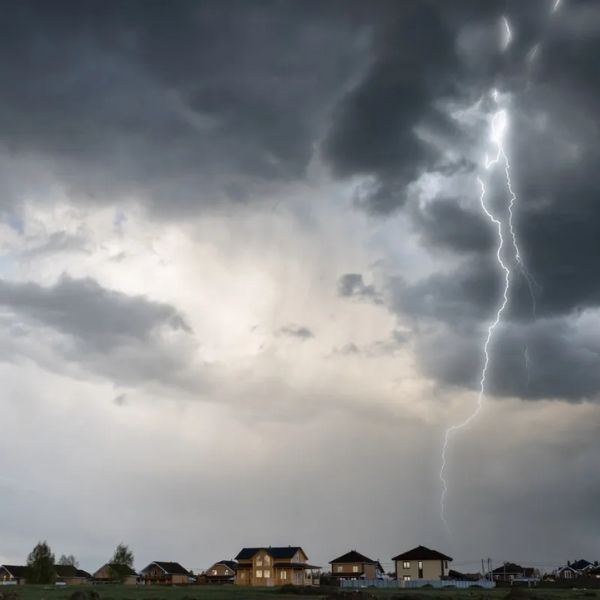
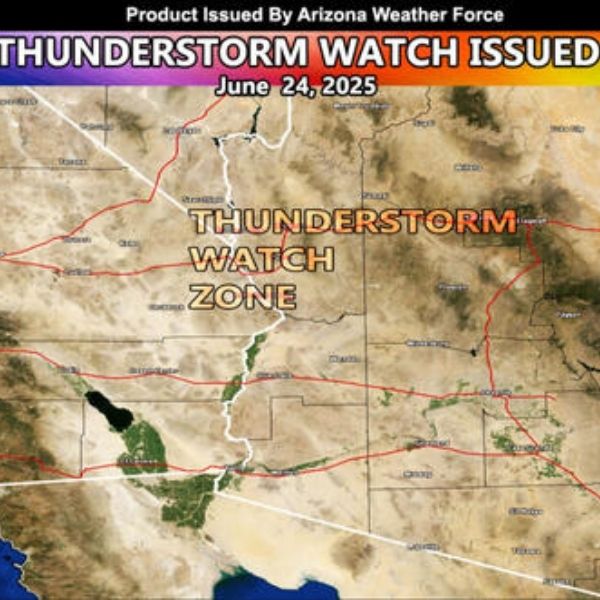
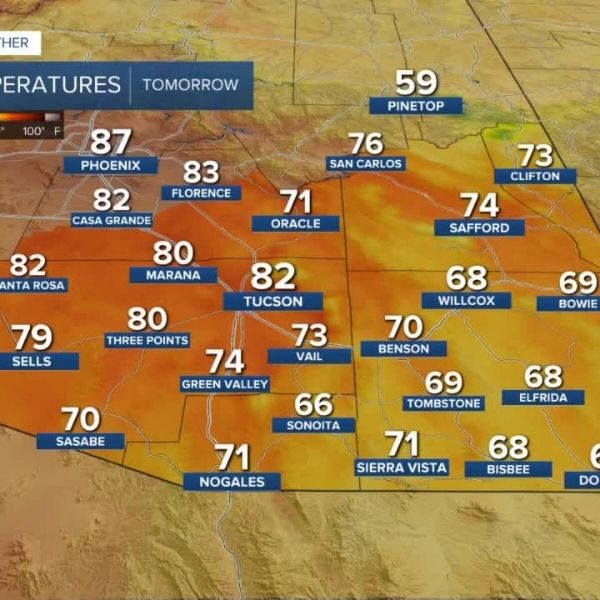

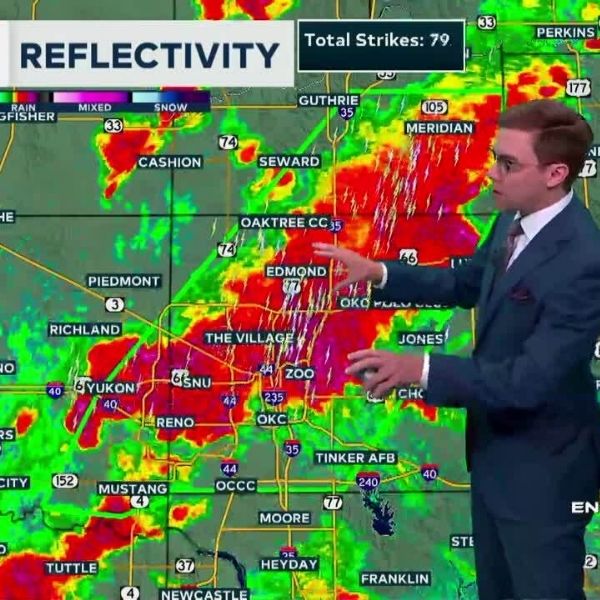



Leave a Reply